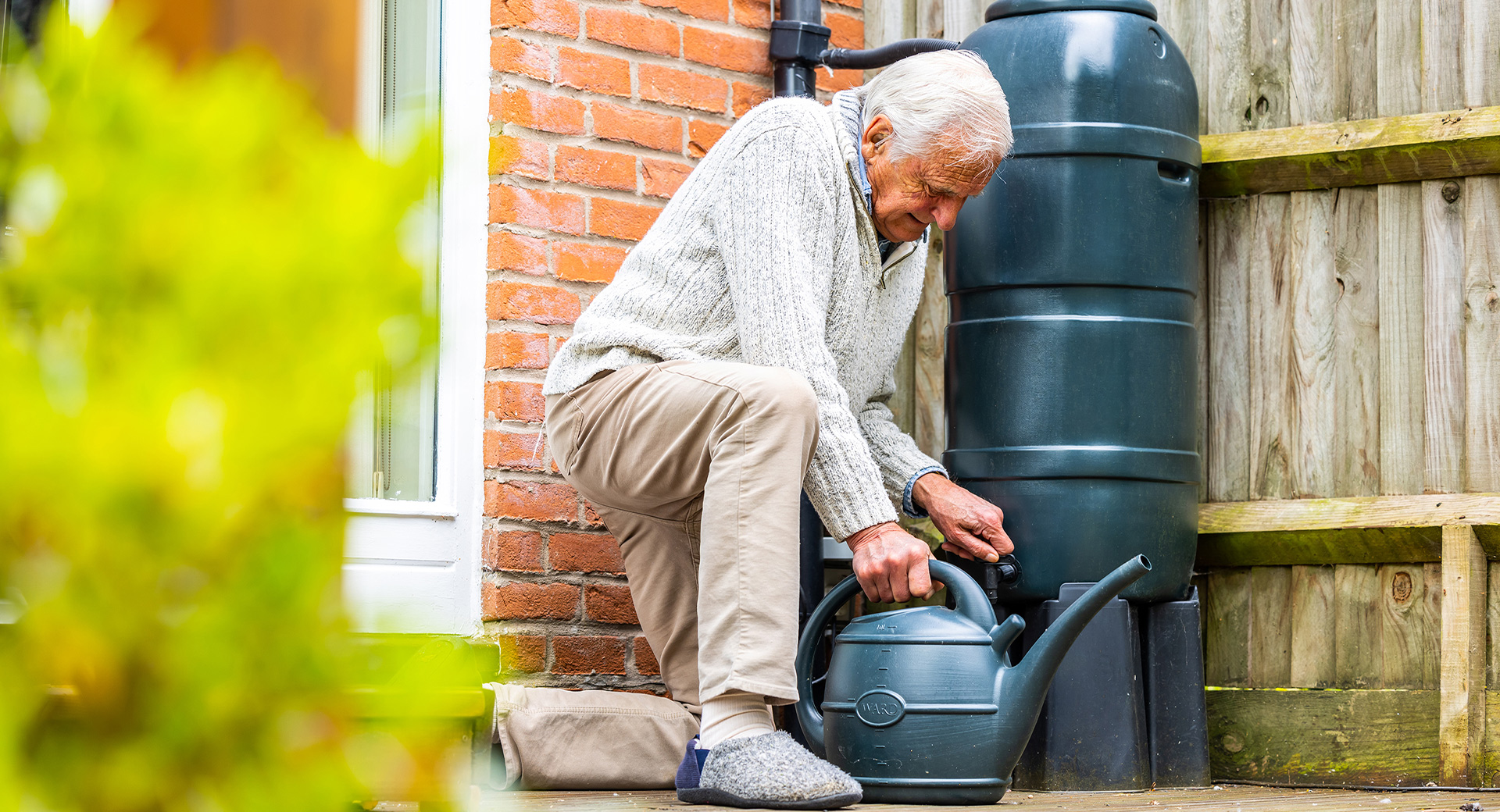What is a temporary use ban (TUB)?
A TUB, formally called a hosepipe ban, means there'll be restrictions on how much water you can use. We do this when our water sources are under pressure and we need to take action to protect them and water supplies.
For example, between August and November 2022, we introduced a TUB in Hampshire and on the Isle of Wight. The River Test and Itchen are vital sources of fresh water here, and when levels dropped, we needed to introduce restrictions to protect them and save water.
We were able to lift the ban in November because river flows increased to levels where a TUB was no longer deemed necessary. But we must always be mindful of how much water we use to help preserve these precious habitats and make sure there's enough water to go around.
Our Drought Plan explains how we manage the balance of water supplies and demand while protecting the environment during times of drought, and TUB is part of this.
Our water level resources show the latest figures from our main sources - groundwater, rivers and reservoirs.
















